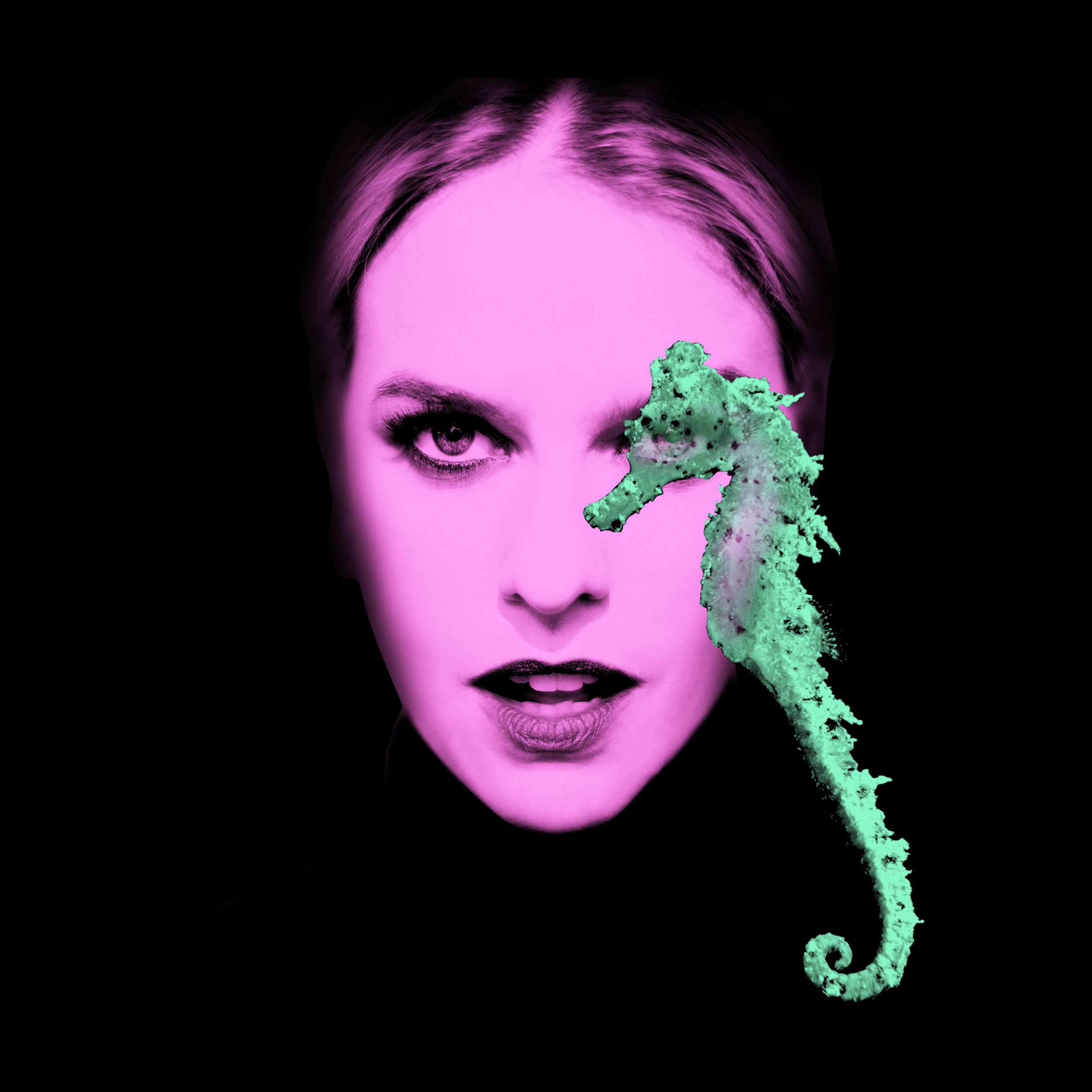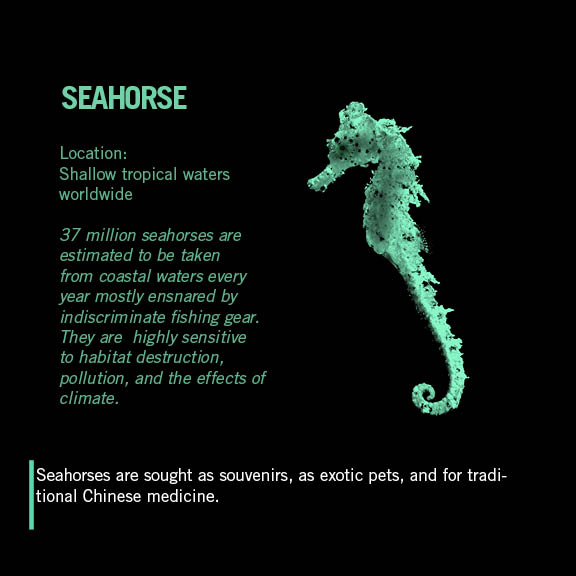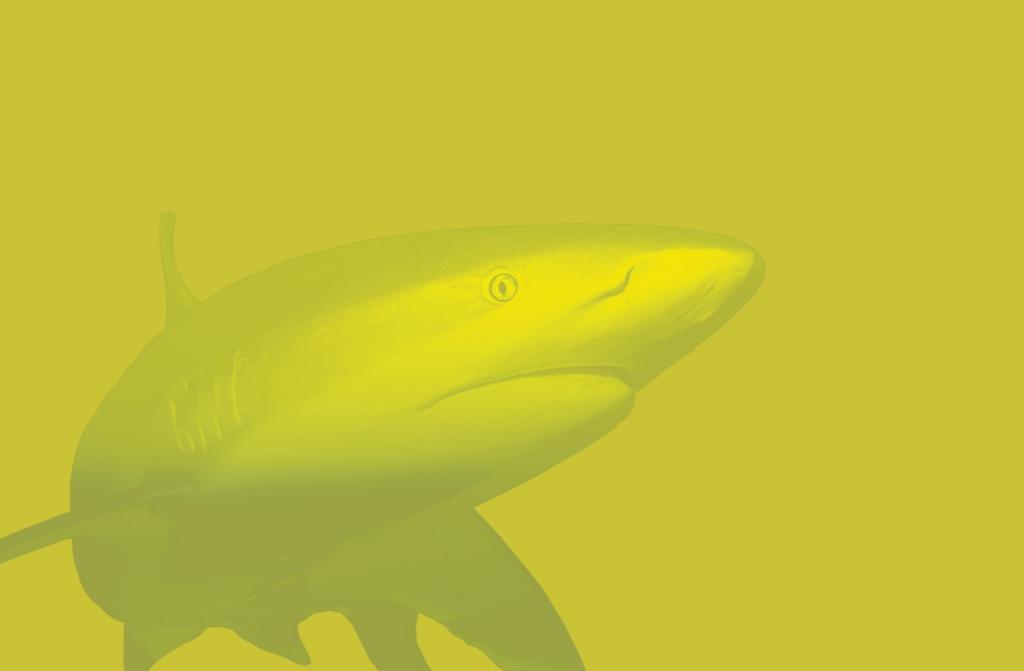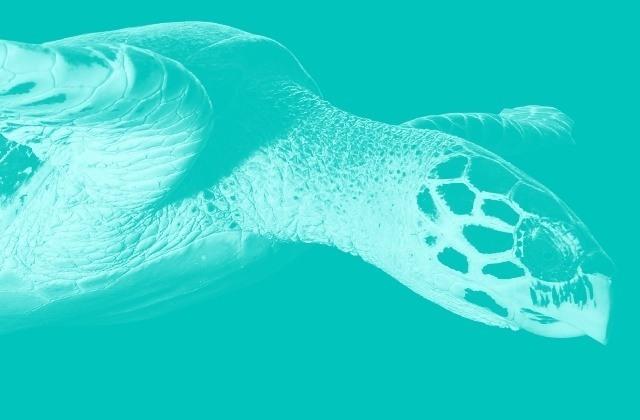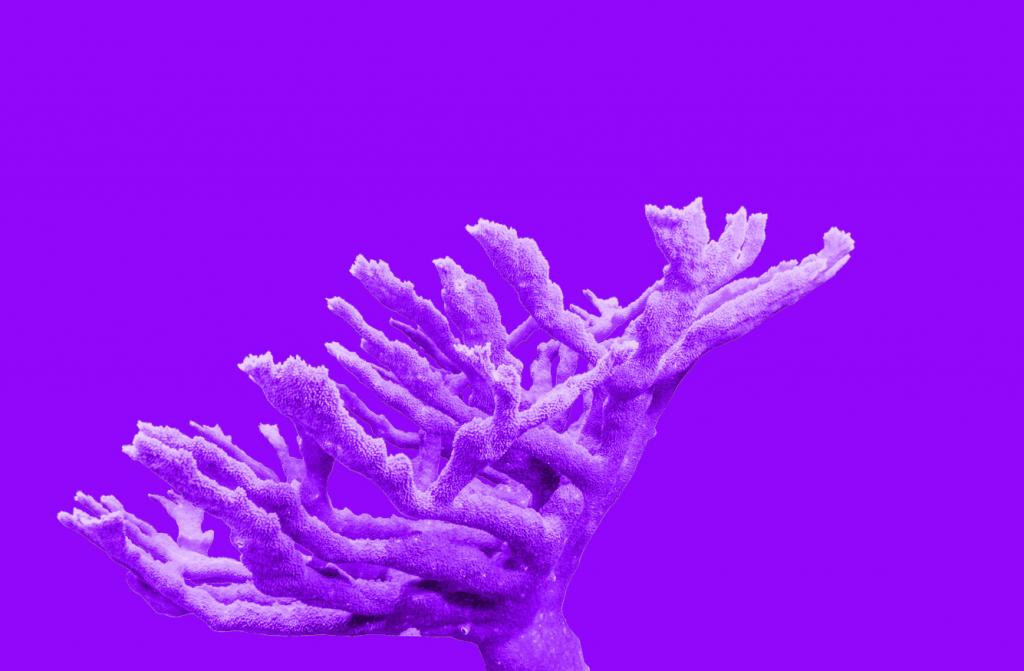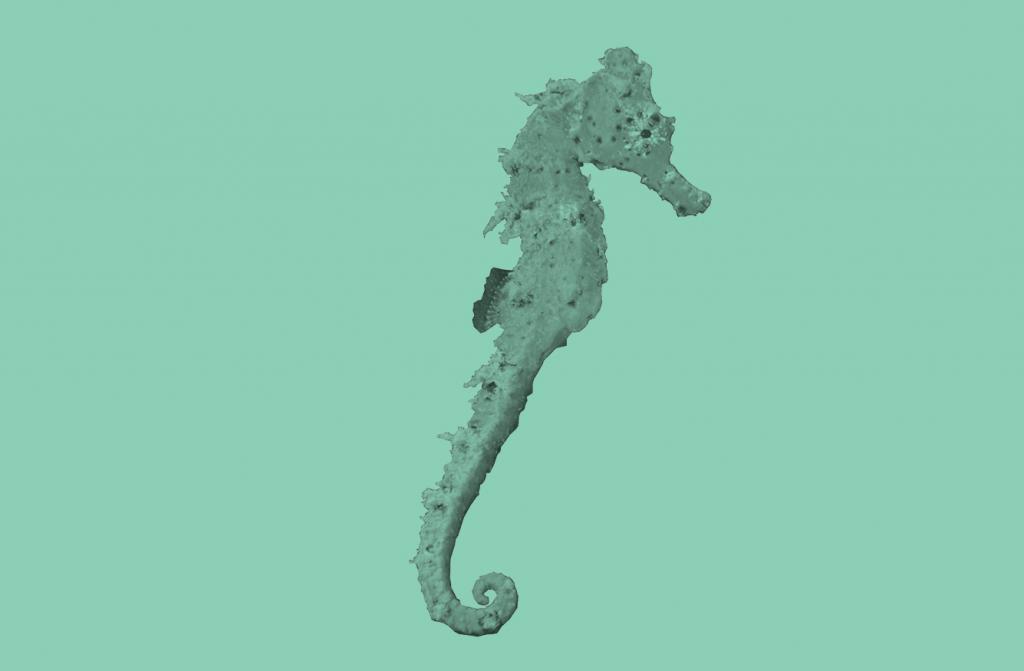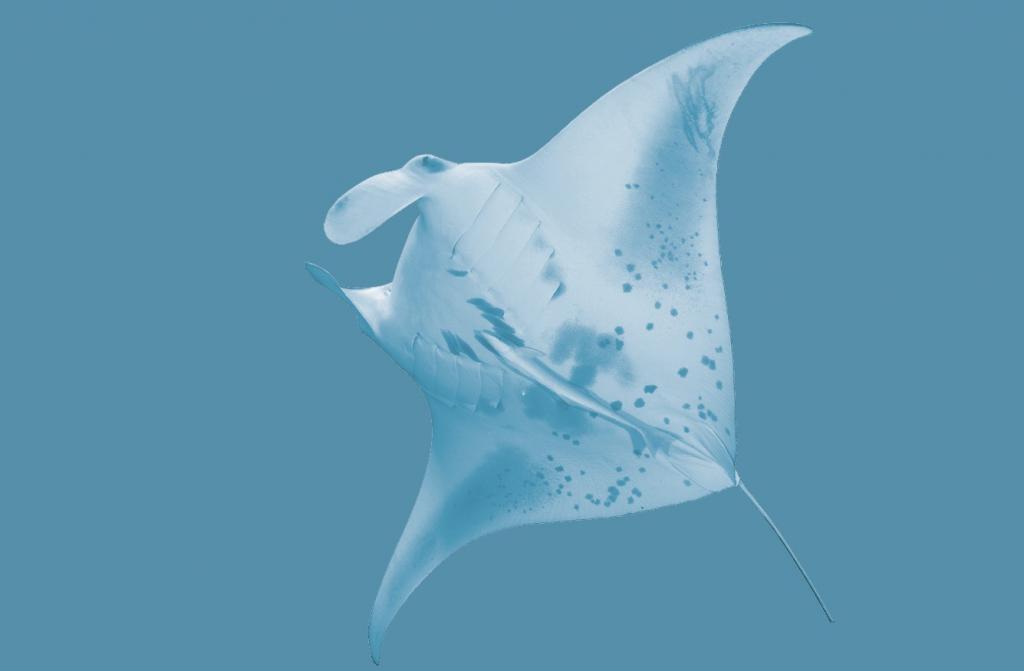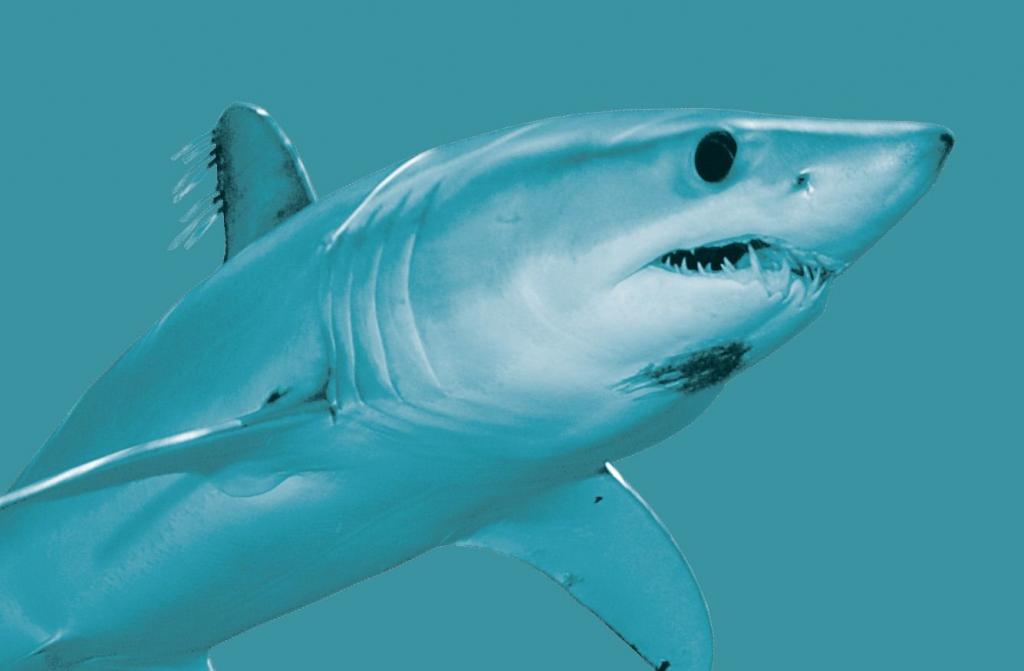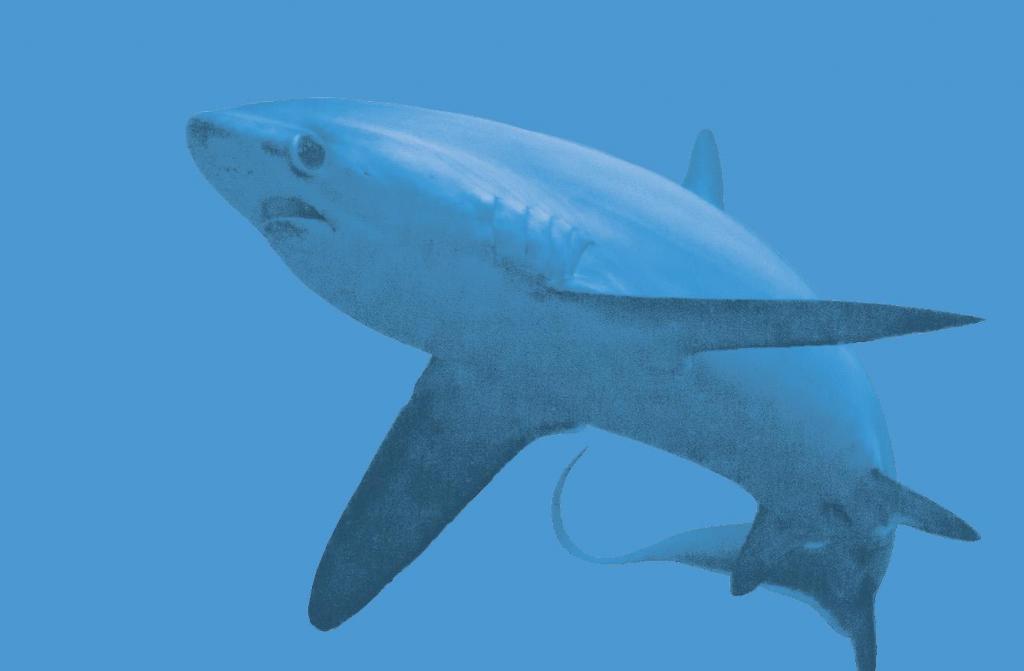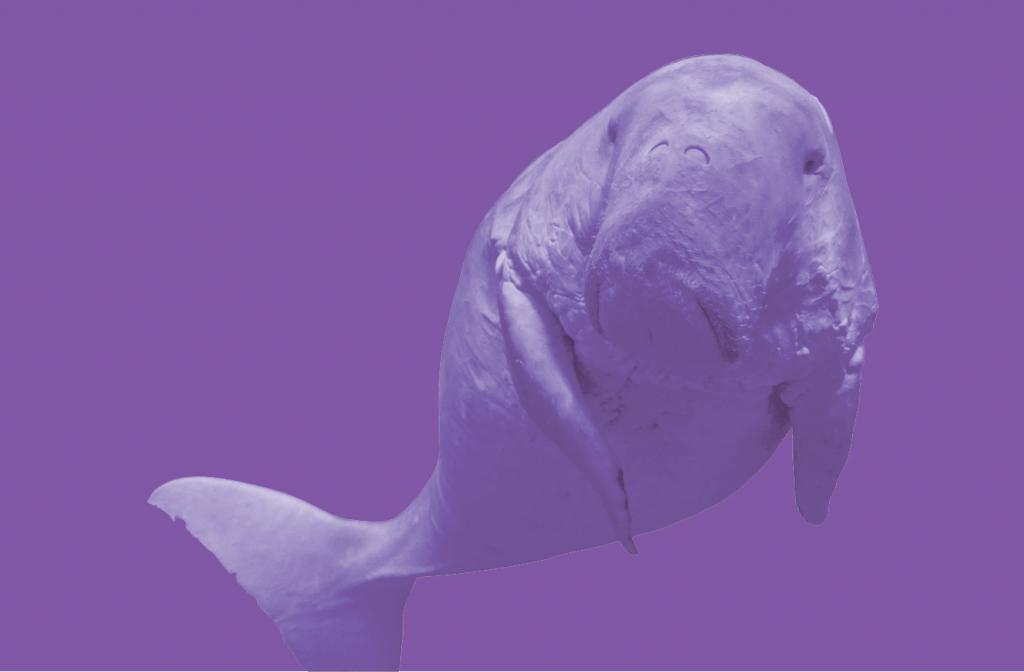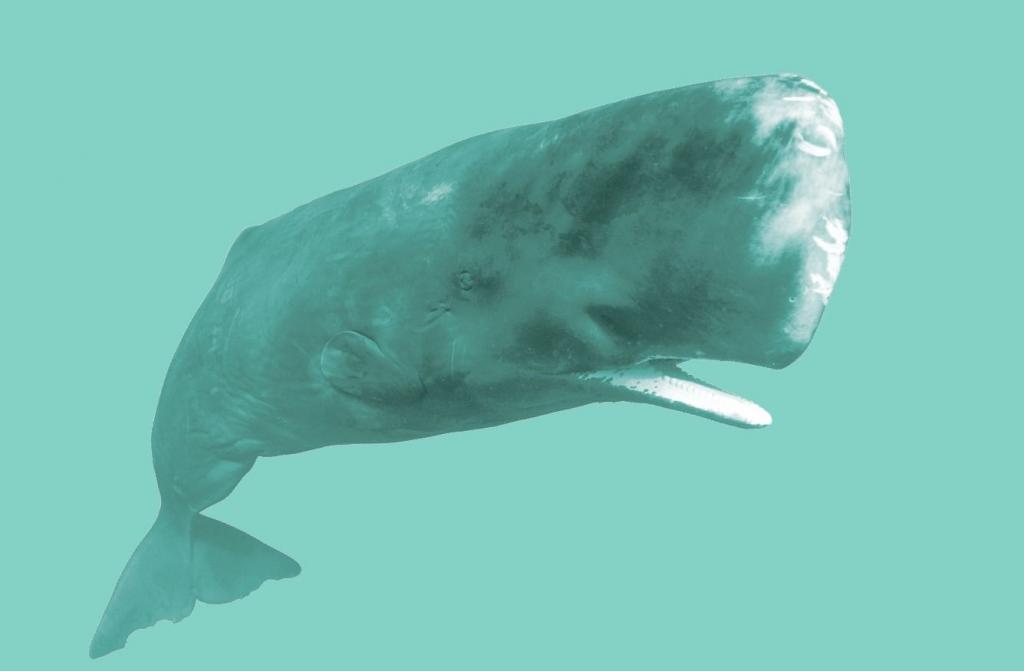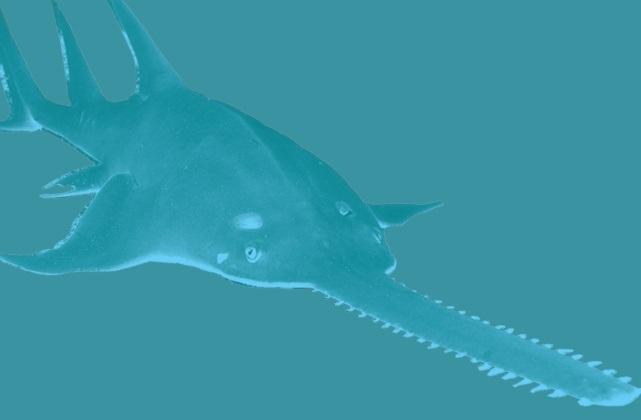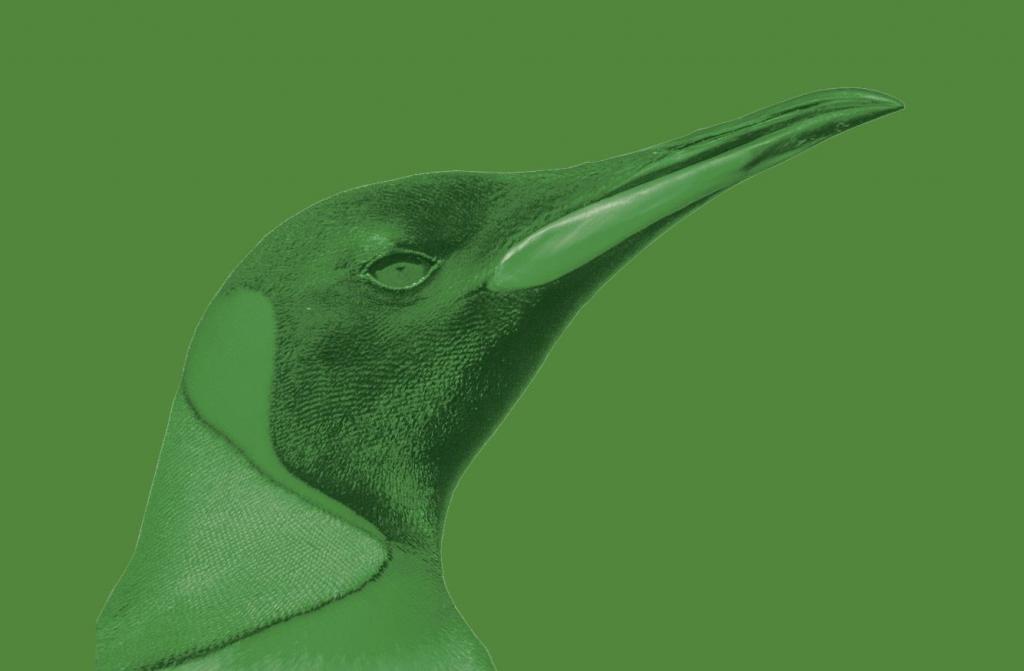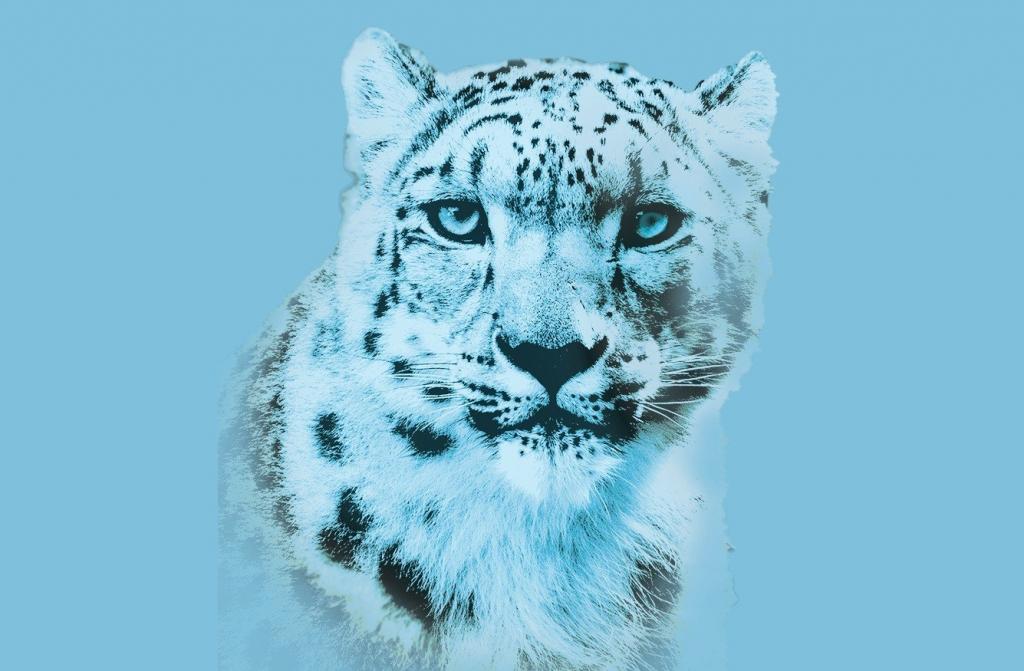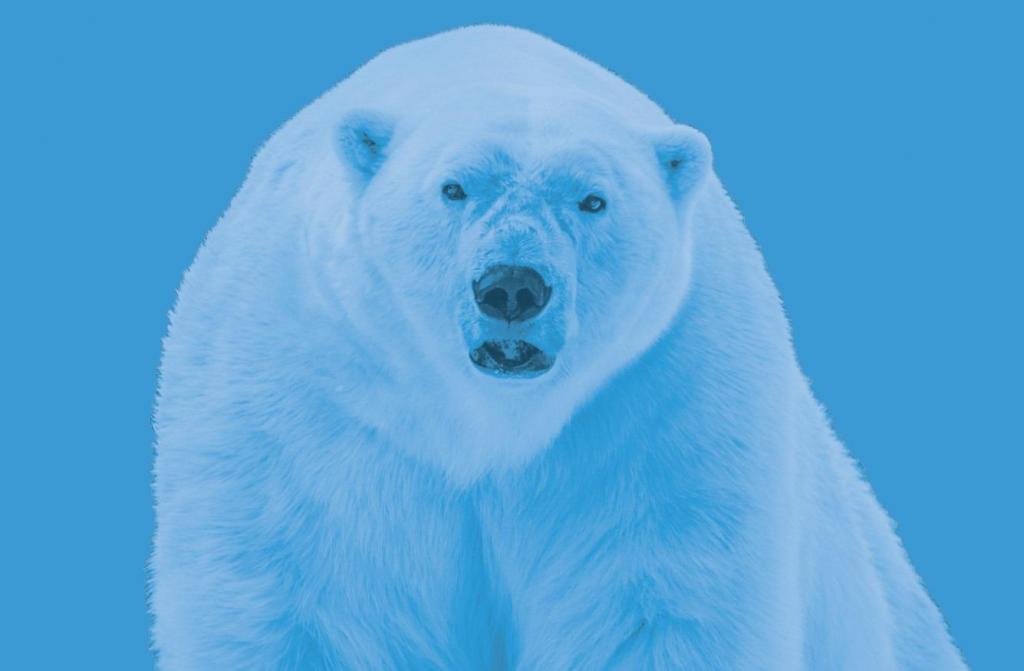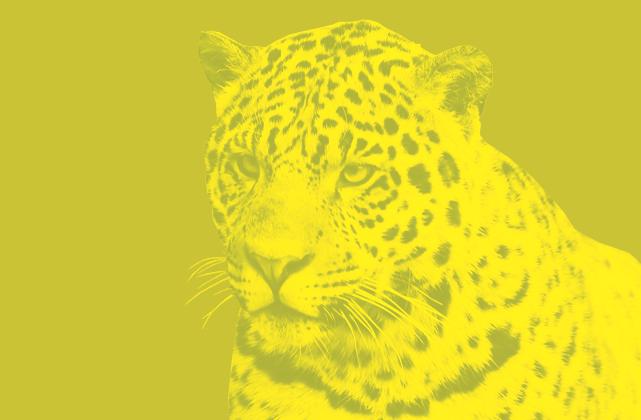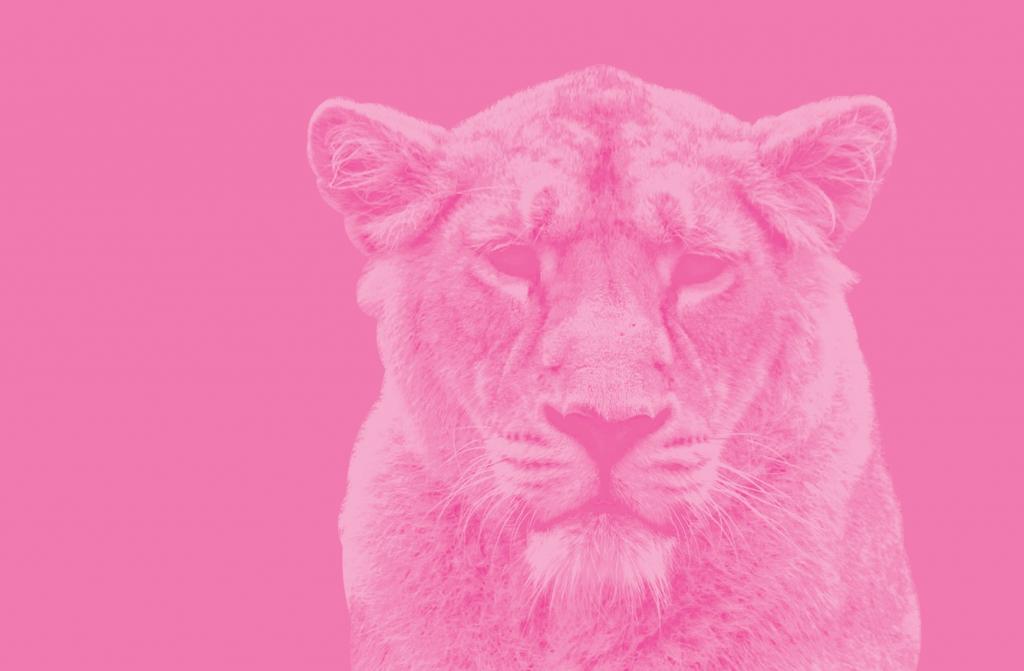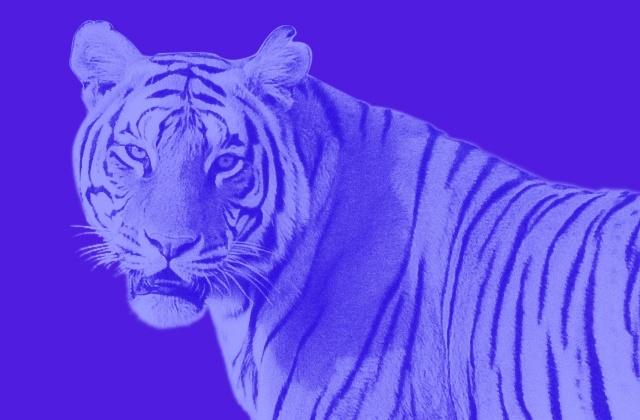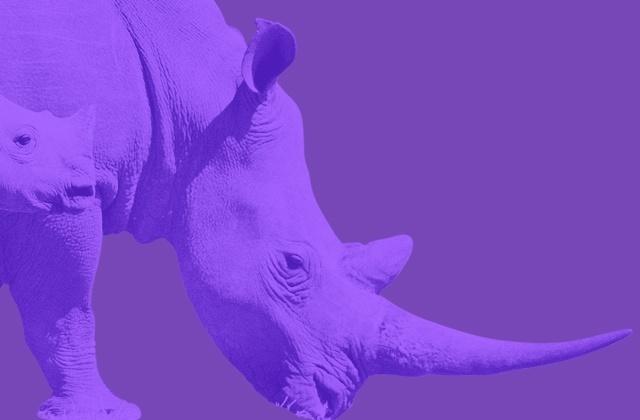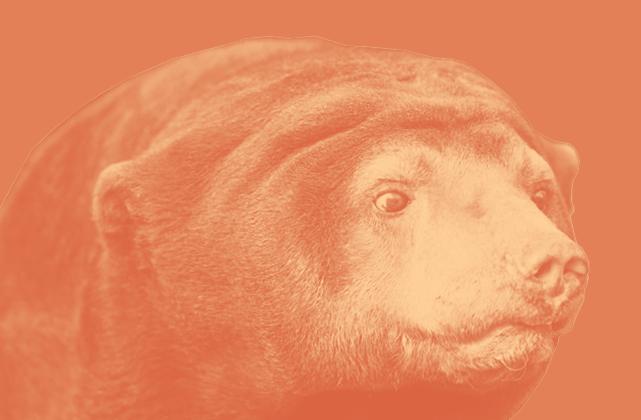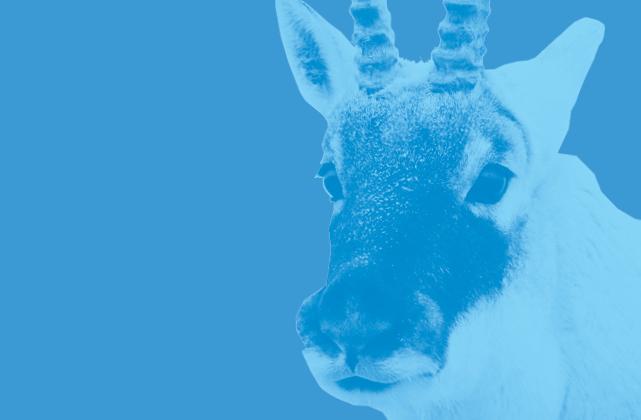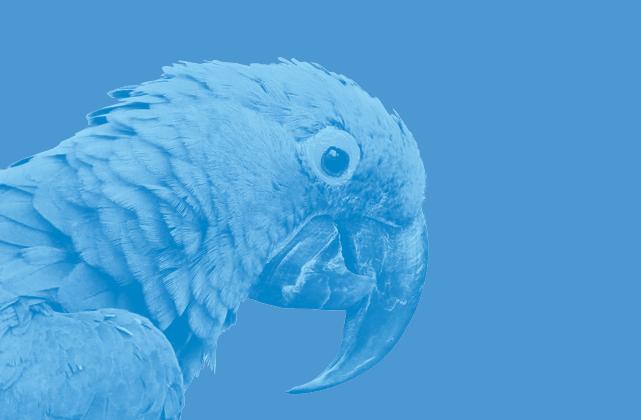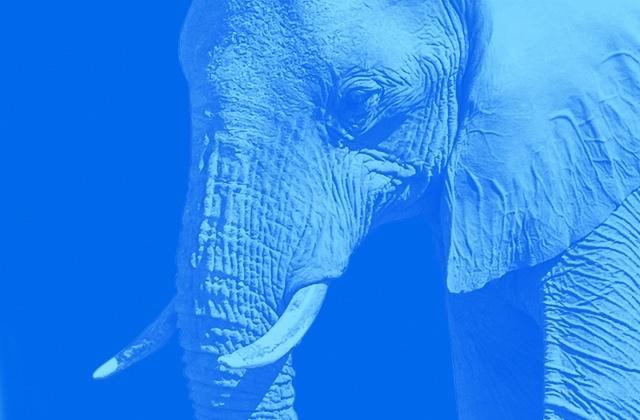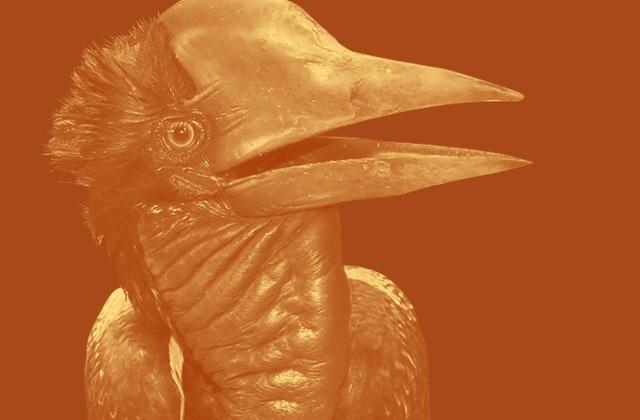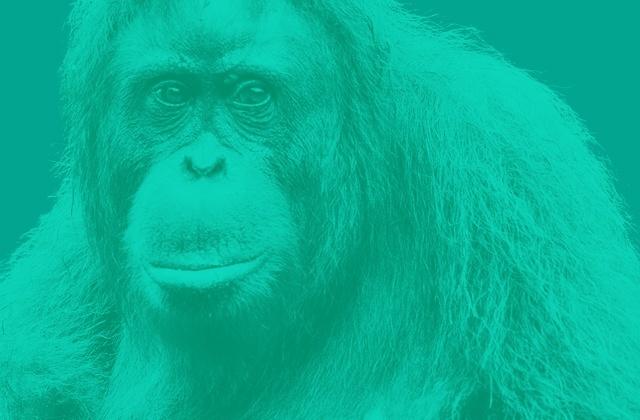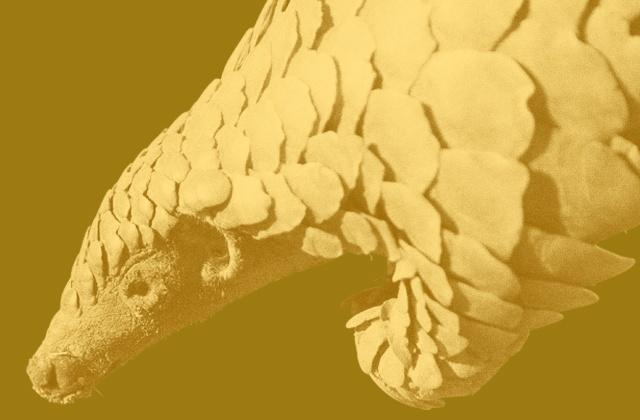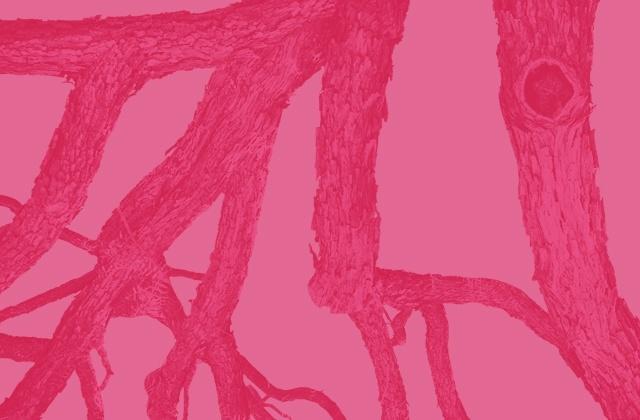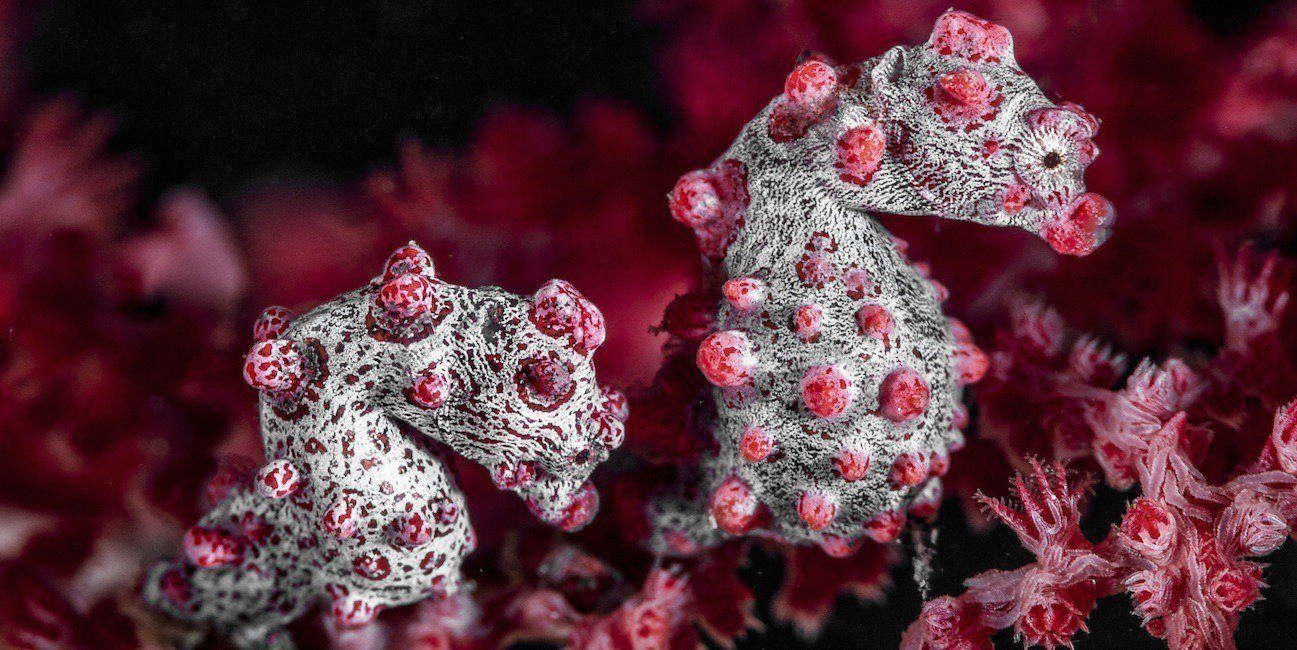
Seahorse
Seahorses are fish. They live in water, breath through gills and have a swim bladder. In contrast to most other fish, seahorses are monogamous and some species mate for life. Males carry the unborn young – a phenomenon that is unique in the animal kingdom. Seahorses have bony plates to protect them against predators, a horse-like snout for sneaking up on small crustaceans, and a tail that allows them to cling on to corals, seagrasses, and other objects.
WHERE THEY ARE FOUND
There are 44 recognised species of seahorses which are found in the shallow tropical and temperate seas around the world.
WHY THEY ARE IMPORTANT
Seahorses are an emblematic species for marine conservation and help protect the habitats they are found in (mangroves, coral reefs, estuaries, seagrasses, and seaweeds). Seahorses are important predators on bottom-dwelling organisms and are, at the same time, preyed upon by invertebrates, fish, sea turtles, seabirds and marine mammals. Therefore, removing them disrupts entire ecosystems.
Furthermore, their unusual life history, in particular their reproductive system, provides us with a unique chance to increase our knowledge about reproductive ecology.
HOW THEY ARE THREATENED
Seahorses are used for pseudo-medicinal purposes in China, Japan, and Korea, as they are believed to treat asthma, sexual dysfunctions, and pain. Additionally, they are illegally caught for pet trade, but seahorses do not fare well in captivity and often die quickly. Some are also dried and sold as keepsakes for tourists. Seahorses are either targeted directly or they are captured as by-catch in fisheries. Furthermore, habitat destruction poses a major threat, since the seagrass beds, coral reeves, and mangroves they inhabit are highly sensitive to pollution, climate change and other human disturbances.
CITES Listing: Seahorses are listed under Appendix II, recognising that they may become threatened with extinction unless trade is closely controlled.
HOW YOU CAN HELP
Do not buy any seahorses to keep as pets that were collected in the wild, and do not buy any souvenirs or other products made of seahorse. Try to reduce your seafood consumption and avoid unsustainably caught seafood. You can also record any seahorse observations and / or track a seahorse population through citizen science programmes. And advocate for and support marine protected areas.
Read about actress Alice Eve's connection to seahorses here!
The size in inches of the world’s smallest seahorse, Satomi’s pygmy seahorse. (13 millimeters)
